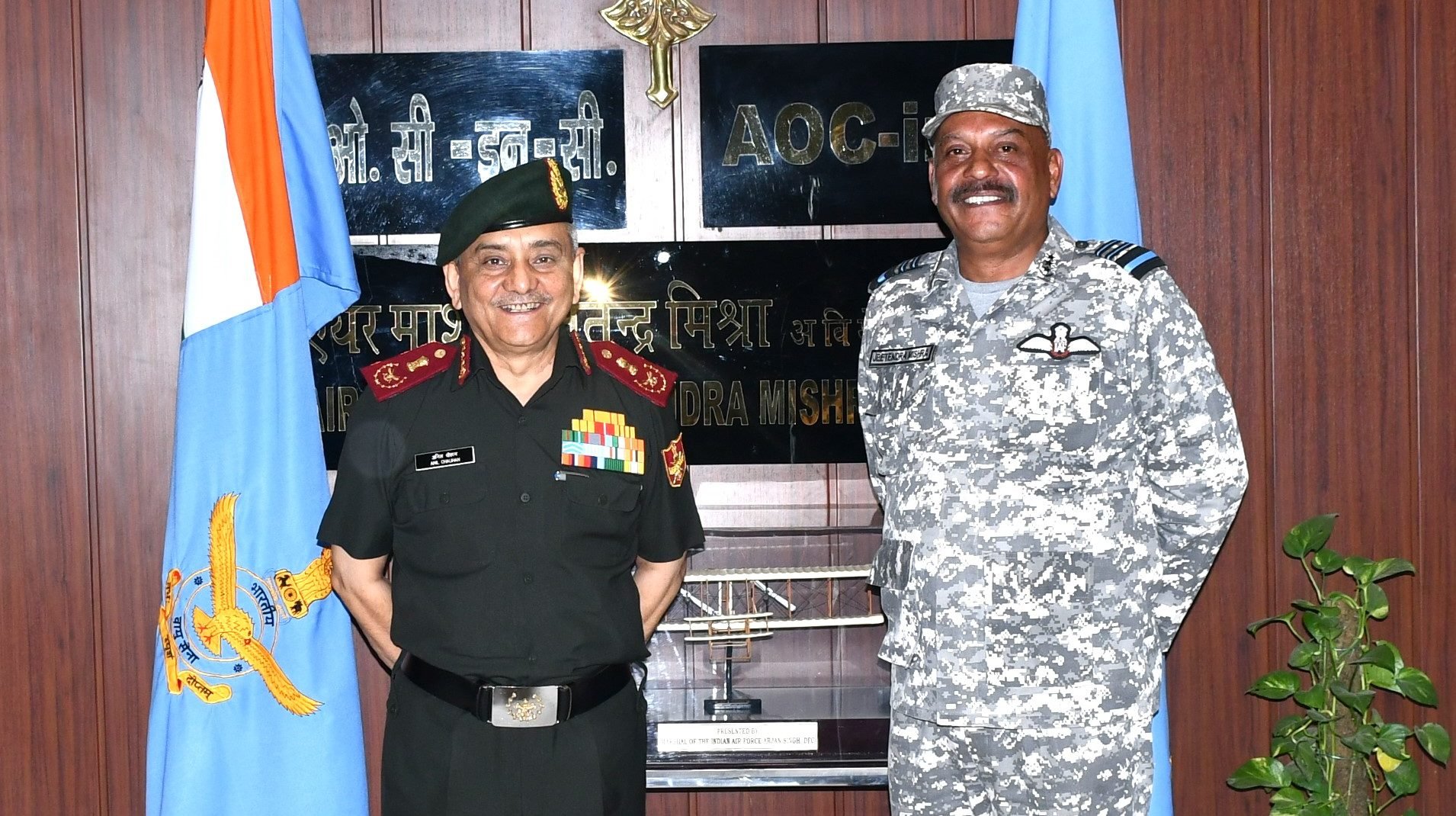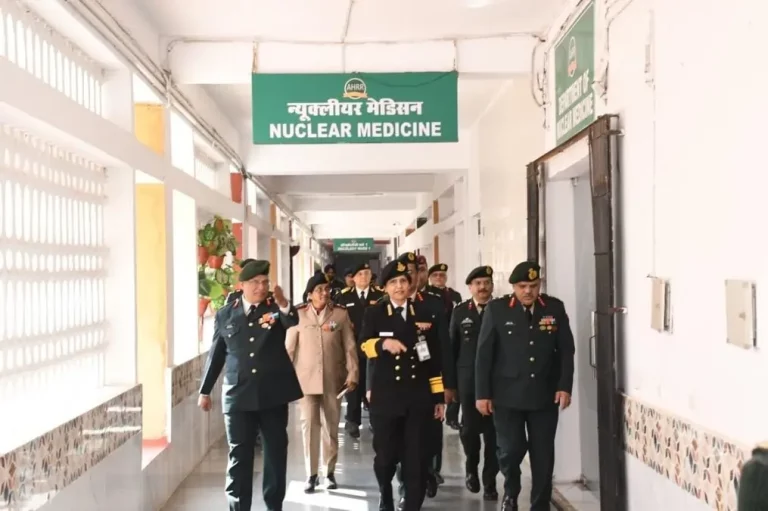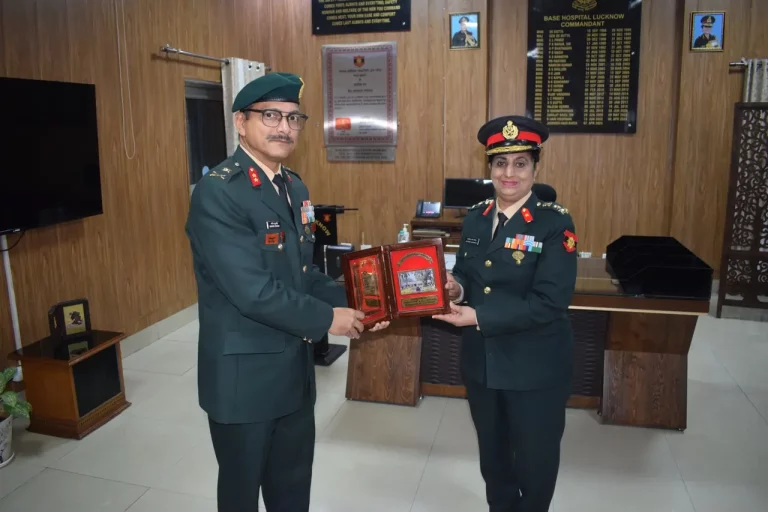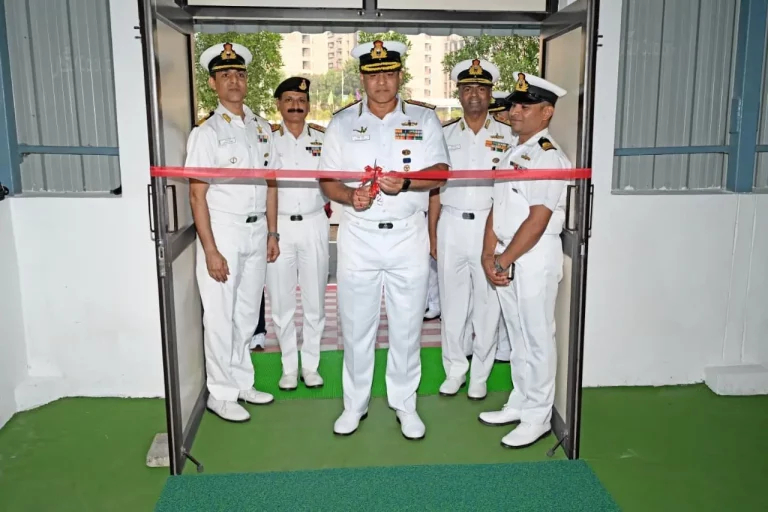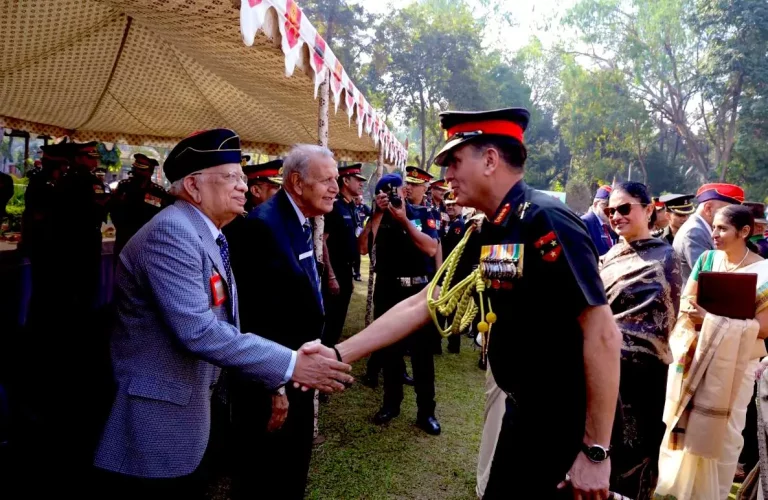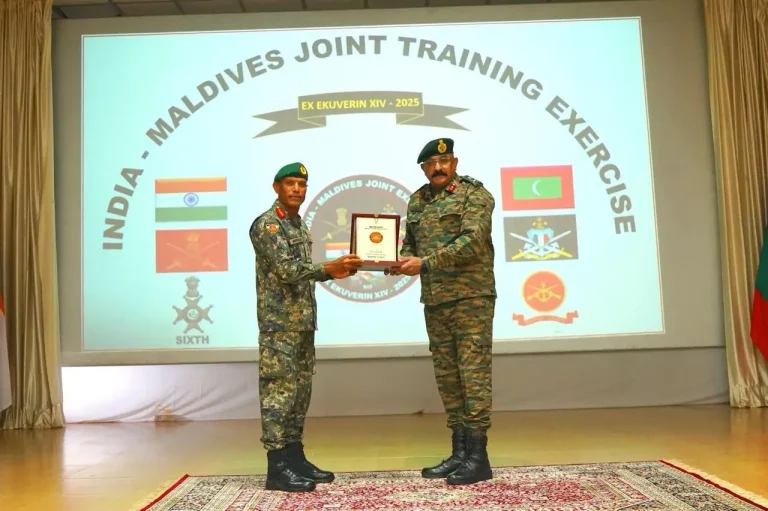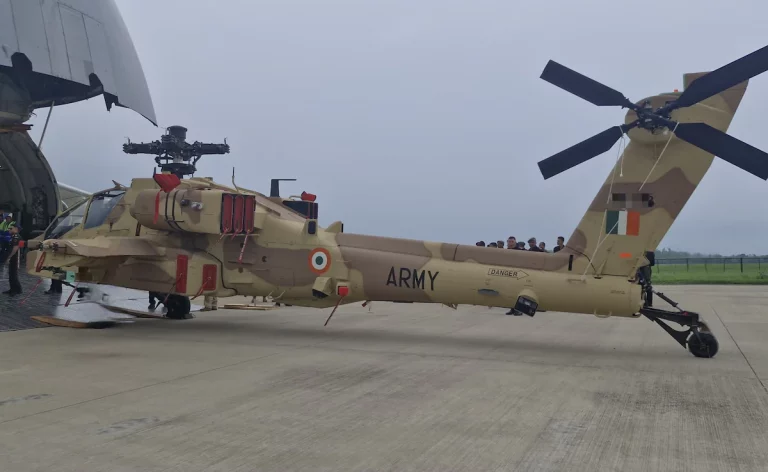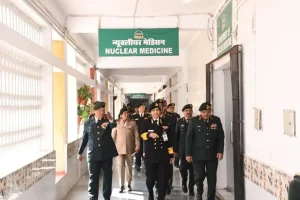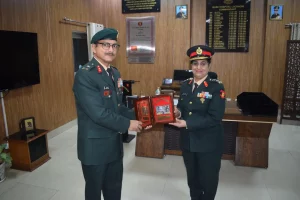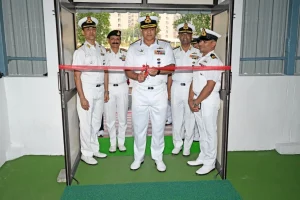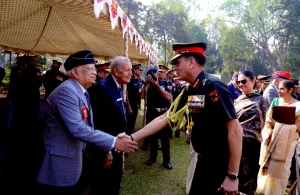General Anil Chauhan, Chief of Defence Staff (CDS) of the Indian Armed Forces, conducted a visit to the Headquarters of the Western Air Command (WAC) to engage in high-level operational discussions with Air Marshal Jeetendra Mishra, the Air Officer Commanding-in-Chief (AOC-in-C) of WAC. This visit highlighted the Indian Armed Forces’ commitment to enhancing preparedness and synergized air operations amidst evolving security challenges along India’s western borders.
During his time at WAC, General Chauhan praised the professionalism of the team and acknowledged their critical role in the recent Operation Sindoor, which took place on May 8, 2025. This operation marked a significant demonstration of the Indian Air Force’s (IAF) capabilities, successfully neutralizing essential Pakistani air defense radars and military installations, including a vital facility near Lahore, all within a mere 23 minutes. The mission employed advanced electronic warfare tactics and indigenous technologies such as the Akash missile system and Barak-8 in response to rising cross-border terror attacks and drone strikes targeting Indian cities like Srinagar, Jammu, Amritsar, and Bhuj.
General Chauhan underscored the IAF’s pivotal role in integrated operations, stating that Operation Sindoor represented a milestone in India’s defense capabilities. He stressed the urgency of “jointness and integration” among the Army, Navy, and Air Force—a strategic priority as the Indian military deals with multifaceted threats from neighboring nations, particularly Pakistan and China. This visit served to reaffirm the armed forces’ focus on unified command structures and coherent operational planning across various domains, including land, air, sea, space, and cyberspace.
Air Marshal Jeetendra Mishra, who has been leading WAC since January 1, 2025, provided General Chauhan with insights into ongoing efforts to enhance India’s airspace defense. Drawing on his extensive experience as a seasoned fighter pilot with over 3,000 flying hours, Mishra has been instrumental in improving the IAF’s operational readiness, having previously served as the Deputy Chief of Integrated Defence Staff (Operations) and Commandant of the Aircraft and Systems Testing Establishment (ASTE).
The discussions also addressed the integration of air defense systems between the IAF and the Indian Army—an essential step for achieving operational synergy. Recent joint exercises, such as Exercise Kavach, and upcoming tri-service formats of Vayu Shakti exemplify the military’s commitment to coordinated responses, despite historical challenges in achieving full jointness, often influenced by the IAF’s differing operational priorities.
The success of Operation Sindoor has been attributed to the deployment of MiG-29K fighters and the implementation of advanced countermeasures like GPS spoofing, jamming, and electromagnetic pulse (EMP) technologies, which effectively circumvented Pakistan’s Chinese-supplied air defense systems. This operation not only showcased India’s technological advancements but also underscored the increasing significance of indigenous innovations, such as the “Indrajaal” drone dome developed by Hyderabad-based Grene Robotics, in addressing modern threats like drone swarms.
General Chauhan’s visit occurs during a period when India is intensifying its efforts to strengthen its defense capabilities, with an emphasis on self-reliance and inter-service collaboration. He reiterated the government’s support for these initiatives, aligning with a broader vision of a unified military command structure aimed at responding effectively to contemporary security challenges.
